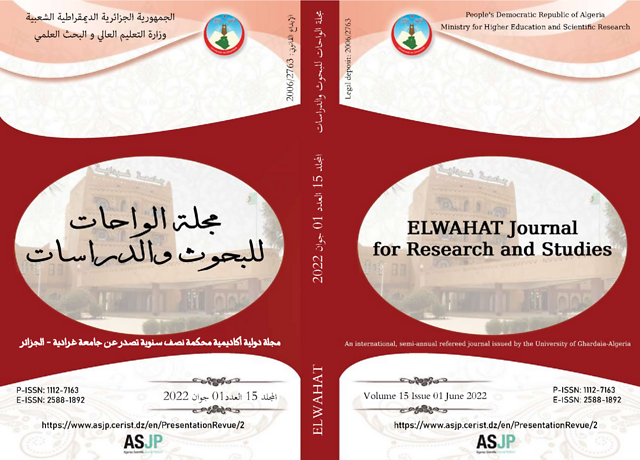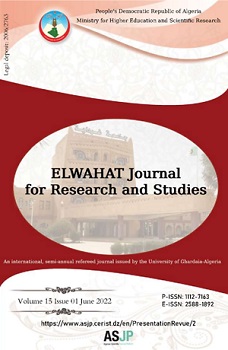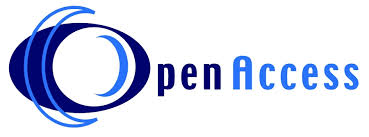Language and Social Differentiations
Abstract
ABSTRACT:
In most countries of the world, language use in any society is distinguishable and it is based on certain sociological parameters. The present paper thus attempts to examine language codes in social class and language prestige in order to reveal language use in relation to societal classes. It also casts light on monolingualism and bilingualism in order to unveil the differences in various sociolinguistic settings. Moreover, it examines the main distinctions between the concepts of diglossia and polyglottism. It studies language contact, multilingualism, and characteristics and types of multilinguals in order to understand these phenomena in sociolinguistics. The current paper comes to show the links between language and social interaction, and language and action in order to understand the perception of language use in interaction.
KEYWORDS:
language use, society, monolingualism, bilingualism, diglossia, polyglottism.
ملخص:
يمكن تحديد استخدام اللغة في أي مجتمع في العالم ويستند هذا إلى معايير اجتماعية معينة. و لهذا تحاول هذه الورقة البحثية دراسة رموز اللغة في الطبقة الاجتماعية وهيبتها من أجل الكشف عن الاستخدام اللغوي فيما يتعلق بالطبقات المجتمعية و كما تلقي الضوء أيضاً على ظاهرتي أحادية اللغة وثنائية اللغة لإبراز الاختلافات الموجودة في مختلف البيئات اللغوية الاجتماعية. علاوة على ذلك، تبحث هاته الدراسة في الفروق الرئيسة بين مفاهيم ازدواجية اللغة و تعدد اللغات، كما تدرس الاتصال اللغوي و خصائص و أنواع تعدد اللغات و هذا من أجل فهم هذه الظواهر في علم اللغة الاجتماعي. و تأتي الورقة الحالية لإظهار الروابط بين اللغة والتواصل الاجتماعي، واللغة و الأداء من أجل استيعاب كيفية استخدام اللغة في التواصل.
كلمات دالة: استخدام اللغة، المجتمع، أحادية اللغة، ثنائية اللغة، ازدواجية اللغات، تعدد اللغات.
References
Austin, J. L. (1962). How to Do Things with Words. Oxford: Oxford University Press
Bell, R.T. (1976). Sociolinguistics: Goals, Approaches, and Problems. London: Batsford.
Bernstein, B. (1964). Elaborated and Restricted Codes: Their Social Origins and Some Consequences. American Anthropologist, 66(6), 55-69.
Cummins, J. (1983). Bilingualism and Special Education: Program and Pedagogical Issues. Learning Disability Quarterly, 6(4), 373-386.
Fishman, J.A. (1967). Bilingualism With and Without Diglossia; Diglossia With and Without Bilingualism. Journal of Social Issues, 23: 29-38.
Gardiner, A. (2008). English Language. London: Pearson Education Limited.
Hudson, R. A. (1996). Sociolinguistics. Cambridge: Cambridge University Press.
Meyerhoff, M. (2006). Introducing Sociolinguistics. England: Routledge.
Pitkin, H. F. (1972). Wittgenstein and Justice: On the Significance of Ludwig Wittgenstein for Social and Political Thought. Berkeley, CA: University of California Press.
Reddy, M. (1979). The Conduit Metaphor. In Ortony, A. (Ed.) (1979). Metaphor and Thought. Cambridge: Cambridge University Press (pp. 284-310).
Searle, J. R. (1969). Speech Acts: An Essay in the Philosophy of Language. Cambridge: Cambridge University Press.
Spolsky, B. (2010). Sociolinguistics. Oxford: Oxford University Press.
Trudgill, P. (2000). Sociolinguistics: An Introduction to Language and Society. England: Penguin Books.
Wardhaugh, R. (2010). An Introduction to Sociolinguistics. New York: Basil Blackwell Inc.
Wittgenstein, L. (1958). Philosophical Investigations, trans. G.E.M. Anscombe. 2nd ed. Oxford: Basil Blackwell.







